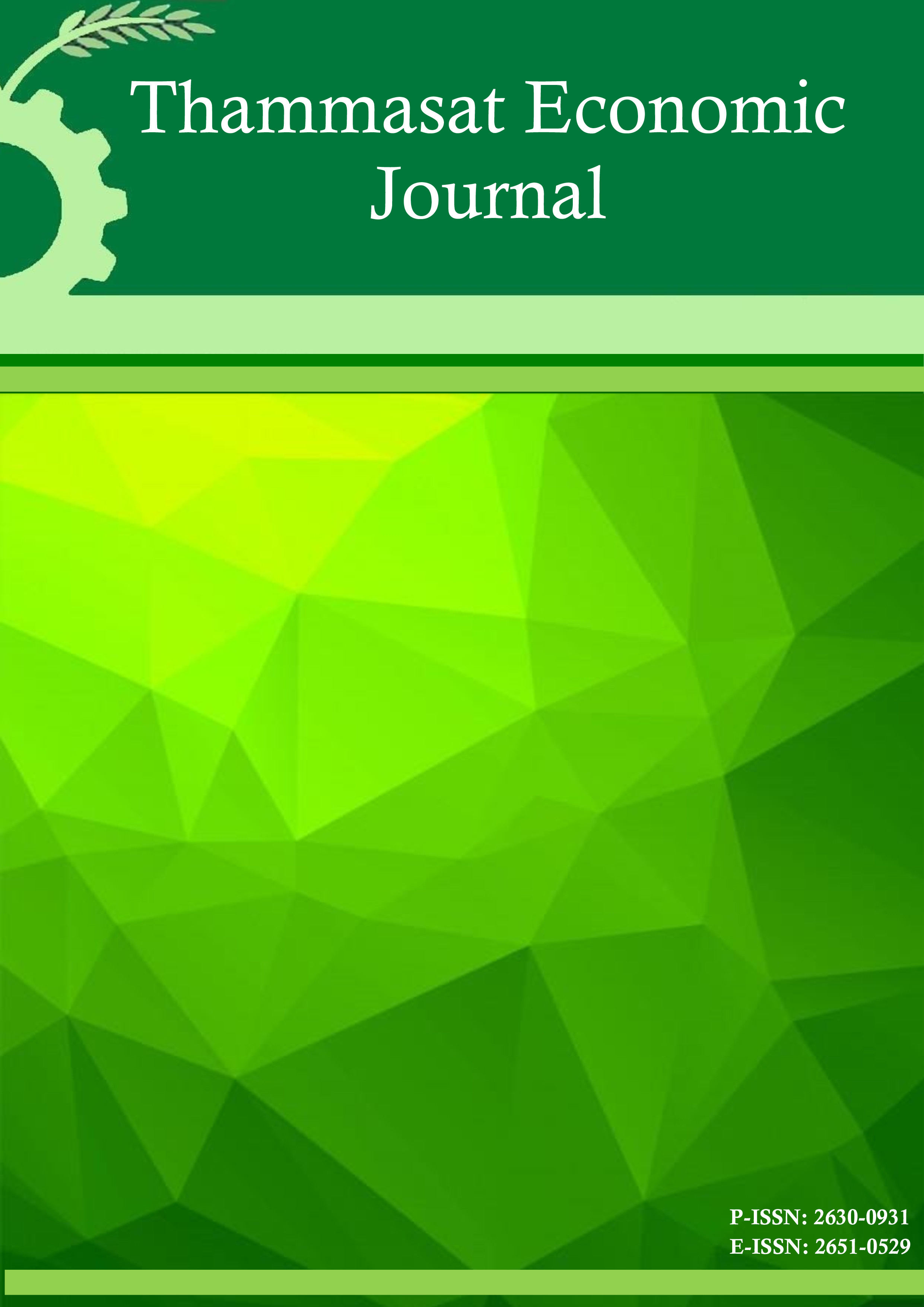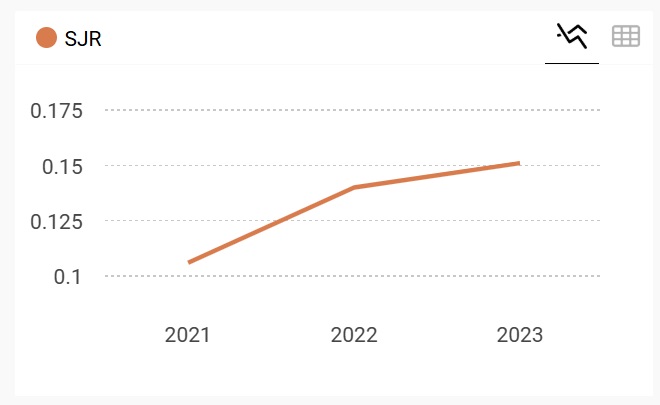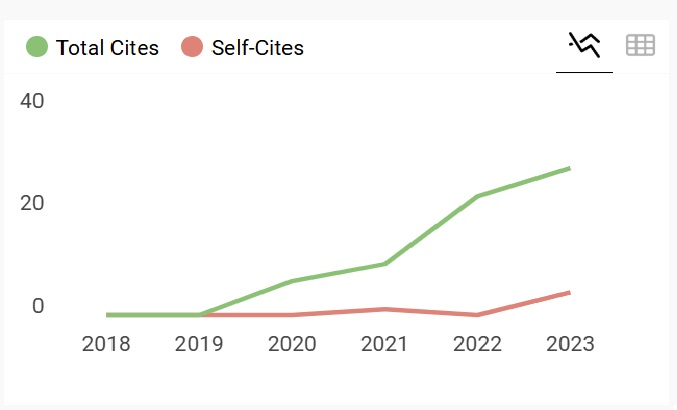นโยบายการเงินแบบการกำหนดเป้าหมายเงินเฟ้อภายใต้การเรียนรู้ แบบปรับตัว: กรณีศึกษาประเทศไทย
Abstract
This paper analyzes monetary policy under an inflation targeting framework in Thailand. The paper applies the ‘adaptive learning’ framework to analyze policy rate setting in Thailand. Specifically, the paper analyzes both a simple Taylor rule and an augmented Taylor rule under adaptive learning. The study finds that the Bank of Thailand (BOT) stabilizes core (CPI) inflation rather than headline (CPI) inflation and implements the flexible inflation targeting approach by stabilizing core (CPI) inflation and the output. Importantly, an exchange rate comes to play a role in policy rate setting. Moreover, the monetary policy implementation is also consistent with the Taylor principle.
References
2.Amato, J. D., Filardo, A., Galati, G., Zhu, F. & Peter, G. V. (2005). Research on exchange rates and monetary policy: an overview, BIS Working Papers, 178.
3.Amato, J. D. & Gerlach, S. (2002) Inflation targeting in emerging market and transition economies: lessons after a decade, European Economic Review, 46(4-5), pp. 781-790.
4.Andrade, J. P. & Divino, J. A. (2005) Monetary policy of the Bank of Japan – Inflation target versus exchange rate target, Japan and the World Economy, 17, pp. 189-208.
5.Aizenman, J., Hutchion, M. & Noy, I. (2010) Inflation targeting and real exchange rates in emerging markets, World Development, 39(5), pp. 712-724.
6.Basdevant, O. (2005) Learning process and rational expectations: an analysis using a small macro-economic model for New Zealand, Economic Modelling, 22, pp. 1074-1089.
7.Ball, L. (1999) Policy rules for open economies, in: J. B. Taylor (Ed.) Monetary Policy Rules, pp. 127-156 (Chicago, The University of Chicago Press).
8.Bernanke, B. S. & Boivin, J. (2003) Monetary policy in a data-rich environment, Journal of Monetary Economics, 50(3), pp. 525-546.
9.Bullard, J. & Mitra, K. (2002) Learning about monetary policy rules, Journal of Monetary Economics, 49, pp. 1105-1129.
10.Chai-anant, C., Pongsaparn, R., & Tansuwanarat, K. (2008) Roles of exchange rate in monetary policy under inflation targeting: a case study for Thailand, Bank of Thailand Symposium 2008.
11.Chen, Y-c. & Kulthanavit, P. (2008) Adaptive learning and monetary policy in an open economy: lessons from Japan, Pacific Economic Review, 13, pp. 405-430.
12.Clarida, R., Gali, J., & Gertler, M. (1998) Monetary policy rules in practice some international evidence, European Economic Review, 42, pp. 1033-1067.
13.Clarida, R., Gali, J., & Gertler, M. (2001) Optimal monetary policy in open versus closed economies: an integrated approach, American Economic Review Papers and Proceedings, 91 (2), pp. 248-252.
14.Clarida, R., Gali, J., & Gertler, M. (2002) A simple framework for international monetary policy analysis, Journal of Monetary Economics, 49 (5), pp. 879-904.
15.Calvo, G. A. & Reinhart, C. M. (2002) Fear of floating, Quarterly Journal of Economics, 107, pp. 379-408.
16.Côté, D., Kuszczak, J., Lam, J-P., Liu Y. & St. Amant, P., (2004) The performance and robustness of simple monetary policy rules in models of the Canadian economy, Canadian Journal of Economics, 37(4), pp. 978-998.
17.Dennis R. & Ravenna, F. (2008) Learning and optimal monetary policy, Journal of Economic Dynamics and Control, 32, pp. 1964-1994.
18.Evans, G. W. & Honkapohja, S. (2001) Learning and Expectations in Macroeconomics, (Princeton, NJ: Princeton University Press).
19.Evans, G. W. & Honkapohja, S. (2003) Adaptive learning and monetary policy design, Journal of Money, Credit and Banking, 35, pp. 1045-1072.
20.Evans, G. W. & Honkapohja, S. (2006) Monetary policy, expectations and commitment, Scandinavian Journal of Economics, 108(1), pp. 15-38.
21.Eusepi, S. (2007) Learnability and monetary policy: a global perspective, Journal of Monetary Economics, 54, pp. 1115-1131.
22.Frago, A., Goldfajn, I., & Minella, A. (2003) Inflation targeting in emerging market economies, in M. Gertler & K. Rogoff (Eds) NBER Macroeconomics Annual, pp. 365-400 (Cambridge, MA: MIT Press).
23.Gali, J. & Monacelli, T. (2005) Monetary policy and exchange rate volatility in a small open economy, Review of Economic Studies, 72, pp. 707-734.
24.Gaspar, V., Smets, F. & Vestin., D. (2006) Adaptive learning, persistence, and optimal monetary policy, Journal of the European Economic Association, 4(2-3), pp. 376-385.
25.Grenville, S. & Ito, T. (2010) An independent evaluation of the Bank of Thailand’s monetary policy under the inflation targeting framework, 2000-2010, Bank of Thailand.
26.Hsing, Y. (2009) Is the monetary policy rule responsive to exchange rate changes? The case of Indonesia, Malaysia, the Philippines, and Thailand, International Review of Economics, 56 (2), pp.123-132.
27.Ito, T. (2007) The role of exchange rate in inflation targeting, Bank of Thailand International Symposium 2006.
28.Khemangkorn, V., Mallikamas, R., & Sutthasri, P. (2008) Inflation dynamics and implications on monetary policy. Bank of Thailand Symposium 2008.
29.Luangaram, P. & Sethapramote, Y. (2010) An evaluation of inflation forecast targeting in Thailand, Mimeo, Chulalongkorn University.
30.Lubik, T. A. & Schorfheide, F. (2007) Do central banks respond to exchange rate movements? A structural investigation, Journal of Monetary Economics, 54, pp. 1069-1087.
31.Llosa, L. & Tuesta V. (2008) Determinacy and learnability of monetary policy rules in small open economies, Journal of Money, Credit and Banking, 40(5), pp. 1033-1063.
32.Mark, N. C. (2009) Changing monetary policy rules, learning, and real exchange rate dynamics, Journal of Money, Credit and Banking, 41(6), pp. 1049-1070.
33.Markiewicz, A. (2011) Model uncertainty and exchange rate volatility, International Economic Review. Forthcoming.
34.McCallum, B. T. & Nelson, E. (1999) Nominal income targeting in an open-economy optimizing model, Journal of Monetary Economics, 43(3), pp. 553-578.
35.McCauley, R. N. (2004) Understanding monetary policy in Malaysia and Thailand: objectives, instruments and independence BIS Papers No 31. pp. 172-198.
36.McCauley, R. N. (2007) Core versus headline inflation targeting in Thailand, Bank of Thailand International Symposium 2006.
37.Mehrotra, A. & Sánchez-Fung, J. R. (2009) Assessing McCallum and Taylor rules in a cross-section of emerging market economies, BOFIT Discussion Papers, 23.
38.Mohanty, M. S. & Klau, M. (2004) Monetary policy rules in emerging market economies: issues and evidence, BIS Working Papers, 149.
39.Muto, I. (2011) Monetary policy and learning from the central bank’s forecast, Journal of Economic Dynamics and Control, 35, pp. 52-66.
40.Naghshpour, S. & St. Marie, J. J. (2009) The applicability of the Taylor rule in east Asian countries, American Journal of Business Research, 2(1), pp. 101-115.
41.Orphanides A. & Williams J. C. (2005) Imperfect knowledge, inflation expectations and monetart policy, in: B.S. Bernanke & M. Woodford (Eds) The Inflation of Targeting Debate, pp. 201-246 (Chicago: The University of Chicago Press).
42.Orphanides A. & Williams J. C. (2007) Inflation targeting under imperfect knowledge, FRBSF Economic Review, pp. 1-23.
43.Osawa, N. (2006) Monetary policy responses to the exchange rate: empirical evidence from three East Asian inflation-targeting countries, Bank of Japan Working paper Series, 06-E-14.
44.Preston, B. (2008) Adaptive learning and the use of forecasts in monetary policy, Journal of Economic Dynamics & Control, 32, pp. 3661-3681.
45.Rudebusch, G. & Svensson, L. E. O. (1999) Policy rules for inflation targeting, in: J. B. Taylor (Ed.) Monetary Policy Rules, pp. 203-262 (Chicago, The University of Chicago Press).
46.Sanchez-Fung, J. R. (2011) Estimating monetary policy reaction function for emerging market economies: the case of Brazil, Economic modeling, 28, pp. 1730-1738.
47.Siregar, R. Y. & Goo, S. (2010) Effectiveness and commitment to inflation targeting policy: evidence from Indonesia and Thailand, Journal of Asian Economics, 21(2), pp. 113-128.
48.Svensson, L. E. O. (2000) Open-economy inflation targeting, Journal of International Economics, 50(1), pp. 155-183.
49.Taylor, J. B. (2001) The role of the exchange rate in monetary policy rules, The American Economic Review Papers and Proceedings, 91, pp. 263-267.
50.Teles, V. K. & Zaidan, M. (2010) Taylor principle and inflation stability in emerging market countries, Journal of Development Economics, 91, pp. 180-183.
51.Torres, A. (2003) Monetary policy and interest rates: evidence from Mexico, North American Journal of Economics and Finance, 14, pp. 357-379.
52.Waiquamdee A., Sutthasri P. & Tanboon S. (2010) Monetary policy and underlying inflation pressures: the essence of monetary policy design, BIS Papers No 49. pp. 347-367.
53.Wollmershäuser, T. (2006) Should central banks react to exchange rate movements? an analysis of the robustness of simple policy rules under exchange rate uncertainty, Journal of Macroeconomics, 28, pp. 493-519.









